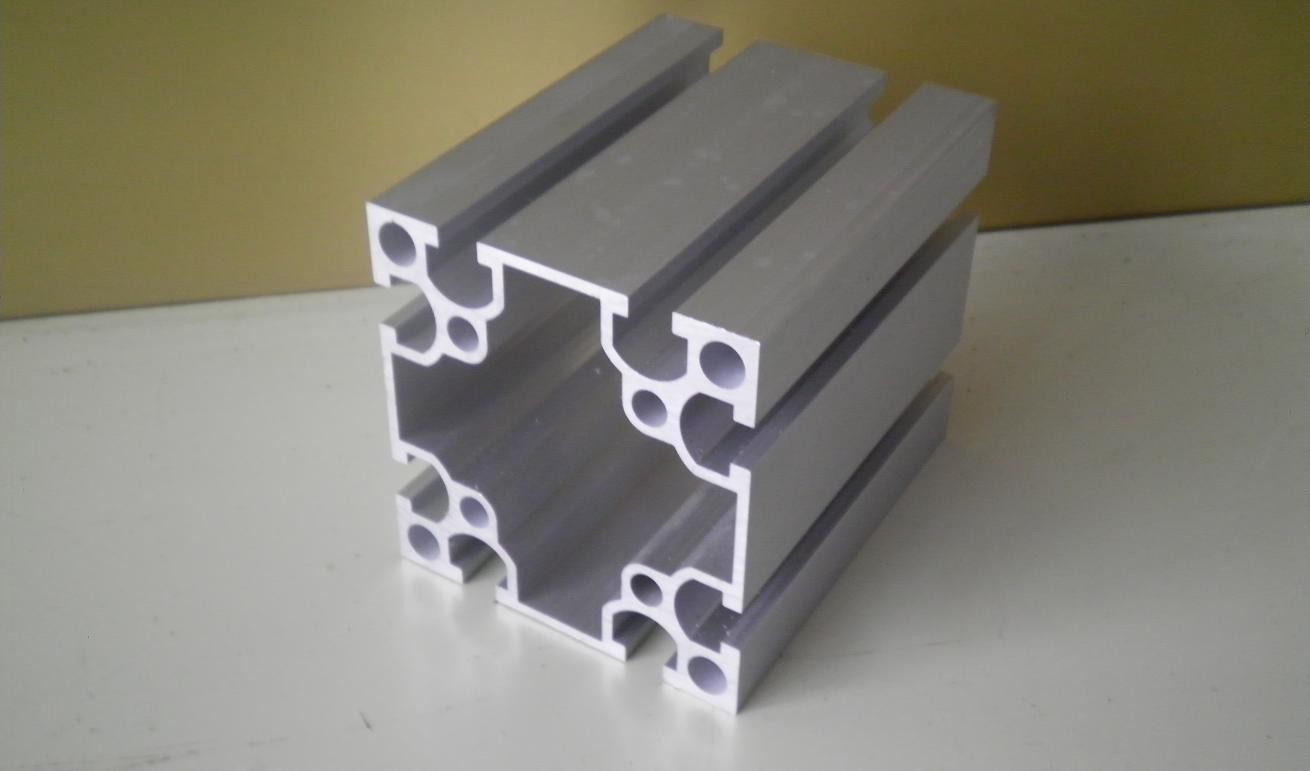Cladding panels play a pivotal role in modern architecture and construction, serving not only as a protective layer but also as a key aesthetic element. As the demand for energy-efficient, durable, and visually appealing building materials continues to rise, understanding what cladding panels are made of becomes essential for architects, builders, and homeowners alike. This article delves into the various materials used in cladding panels, their properties, advantages, and applications, providing a thorough overview for those interested in this critical aspect of building design.
- Introduction to Cladding Panels
Cladding panels are external layers applied to the walls of buildings, providing protection against weather elements while enhancing the overall appearance. They can be made from a variety of materials, each offering unique benefits and characteristics. The choice of cladding material can significantly influence a building's energy efficiency, maintenance requirements, and aesthetic appeal.
- Common Materials Used in Cladding Panels
2.1. Wood
Wooden cladding panels are favored for their natural beauty and versatility. Common types include cedar, redwood, and pine. Wood offers excellent insulation properties and can be treated to enhance durability against moisture and pests. However, it requires regular maintenance, including staining and sealing, to prevent decay and fading.
2.2. Metal
Metal cladding panels, often made from aluminum or steel, are known for their durability and modern aesthetic. Aluminum panels are lightweight, resistant to corrosion, and can be finished in various colors and textures. Steel, while heavier, offers superior strength and can be galvanized or coated to enhance its resistance to rust. Metal cladding is particularly popular in commercial buildings due to its longevity and low maintenance requirements.
2.3. Vinyl
Vinyl cladding panels are a cost-effective option that mimics the appearance of wood without the associated maintenance. Made from polyvinyl chloride (PVC), these panels are resistant to moisture, fading, and insects. They come in a wide range of colors and styles, making them a popular choice for residential applications. However, vinyl may not provide the same level of insulation as other materials.
2.4. Fiber Cement
Fiber cement cladding panels are composed of a mixture of cement, sand, and cellulose fibers. This combination results in a material that is highly durable, fire-resistant, and impervious to pests. Fiber cement can be designed to resemble wood, stucco, or masonry, offering versatility in design. It requires minimal maintenance and is suitable for various climates.
2.5. Stone and Brick
Natural stone and brick cladding panels provide a timeless and robust aesthetic. Stone panels, such as granite or limestone, offer exceptional durability and thermal mass, contributing to energy efficiency. Brick cladding, while heavier, provides excellent insulation and can be used to create a classic look. Both materials require skilled installation and can be more expensive than other options.
2.6. Composite Materials
Composite cladding panels combine various materials to leverage their strengths while minimizing weaknesses. For instance, wood-plastic composites (WPC) blend wood fibers with recycled plastic, resulting in a material that is resistant to moisture and decay. These panels are low-maintenance and environmentally friendly, making them an attractive option for sustainable building practices.
- Factors Influencing the Choice of Cladding Material
When selecting cladding panels, several factors should be considered:
- Climate and Weather Conditions: Different materials perform better in specific climates. For example, metal may be ideal in coastal areas due to its resistance to saltwater corrosion, while fiber cement is suitable for regions with extreme weather fluctuations.
- Aesthetic Preferences: The visual appeal of cladding materials can significantly impact a building's design. Homeowners and architects should consider how the chosen material complements the overall architectural style.
- Budget: The cost of materials and installation can vary widely. While some materials may have a lower upfront cost, they may require more maintenance over time, affecting long-term expenses.
- Sustainability: With increasing emphasis on eco-friendly building practices, many builders are opting for sustainable materials. Recycled and renewable resources, such as composite materials, are gaining popularity.
- Conclusion
Understanding what cladding panels are made of is crucial for making informed decisions in construction and renovation projects. Each material offers distinct advantages and challenges, influencing not only the building's performance but also its aesthetic appeal. By considering factors such as climate, budget, and sustainability, architects and builders can select the most suitable cladding materials to enhance their projects. As the industry evolves, innovations in cladding technology will continue to shape the future of building design, making it an exciting field to watch.

Average Rating